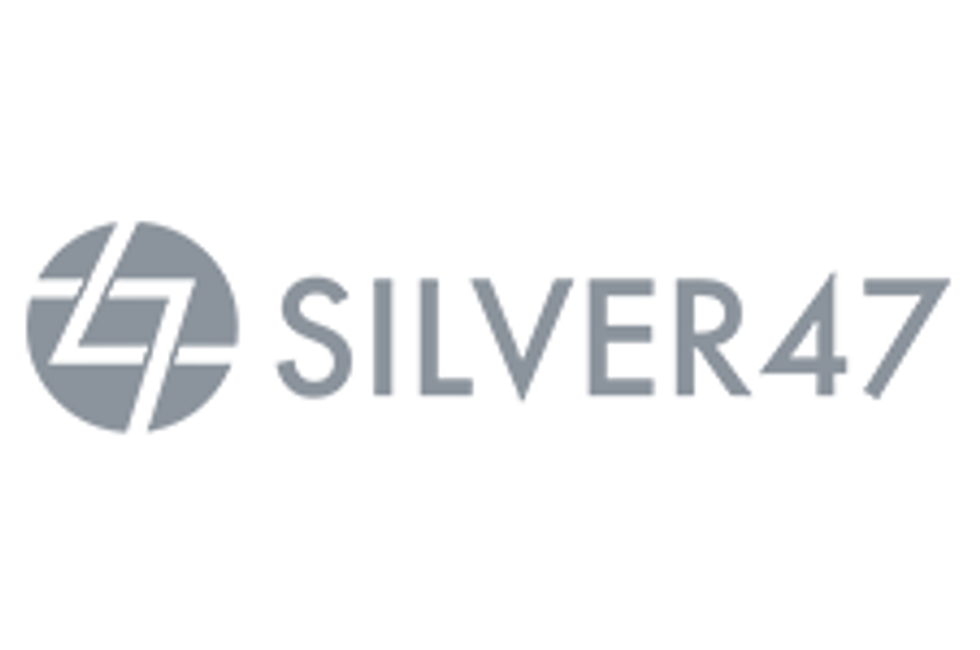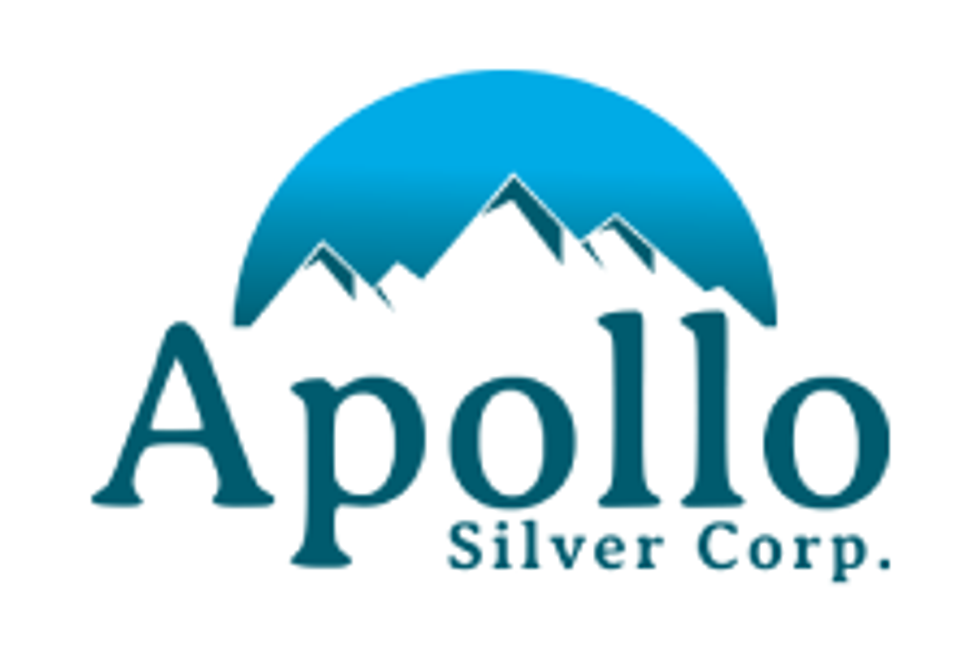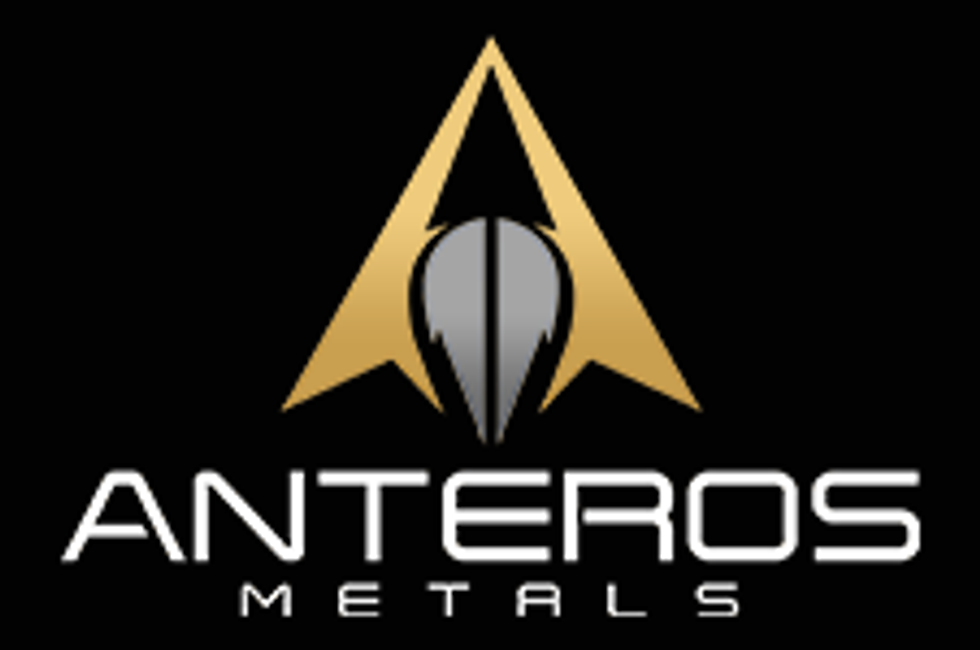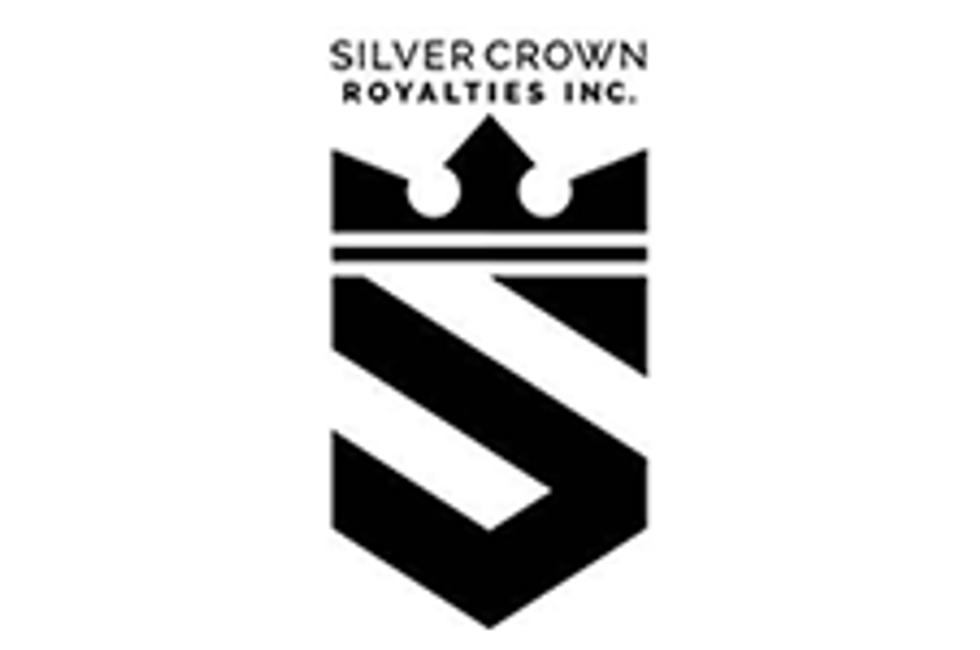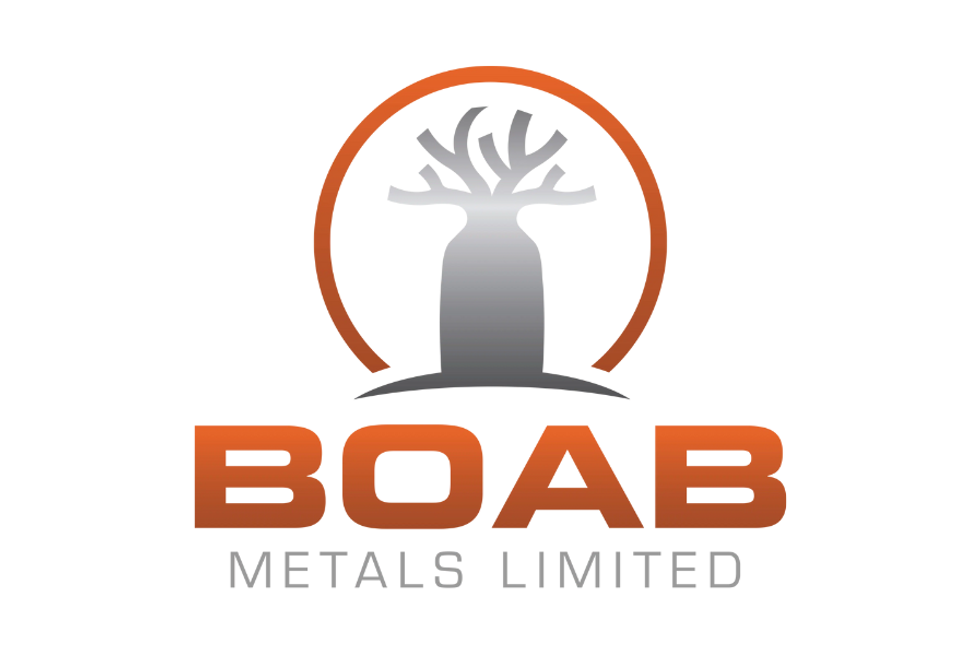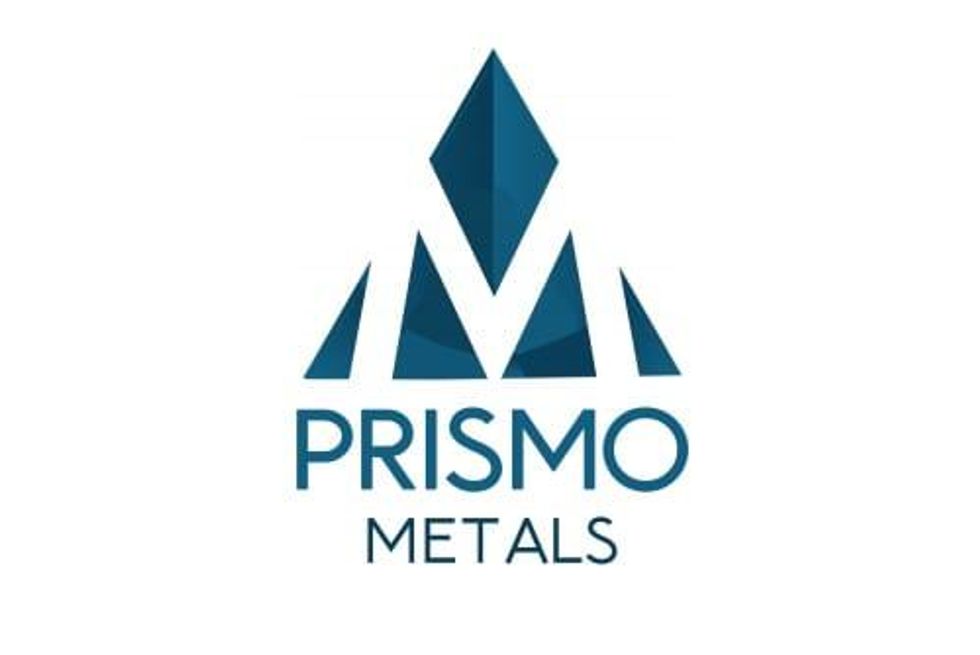Silver, Zinc and Lead Production in Idaho’s Coeur d’Alene Mining District

The Coeur d’Alene Mining District in Idaho’s Silver Valley is not only one of the most storied silver mining belts in North America, the region is also responsible for significant production of zinc, lead and even copper.
In its more than a century-long career, Coeur d’Alene has earned the distinction of one of the world’s largest silver-zinc-lead producing districts and has birthed a number of world-class mines; including Lucky Friday, Galena, Sunshine as well as Bunker Hill—the oldest and largest producer in the Silver Valley.
Today, resource companies are still exploring and developing projects in the region, creating further opportunities for investors.
Large tonnage, long mine life deposits in Idaho’s Panhandle
The Coeur d’Alene mining district is seated near the base of Idaho’s northern Panhandle region, and within the Coeur d’Alene Mountains. The district owes its genesis not to silver but to gold, first discovered in the North Fork of the Coeur d’Alene River in 1881. Noah Kellogg’s famed Bunker Hill discovery would follow a few year later.
Coeur d’Alene’s geology is characterized by large ore bodies that occur in long, steeply dipping narrow veins ranging from centimeters to several meters in width that can also extend to great depths of one mile or more below surface. The majority of these ore-bearing veins are associated with a the Osburn fault, a major structural feature that extends the length of the Silver Valley. Most veins are found in one of three stratigraphic horizons, which can determine the mineral composition and deposit type: the Prichard Formation near the middle quartzite hosts primarily zinc-rich deposits; the Prichard Burke transition zone hosts lead-zinc-rich deposits; and the Revett St. Regis transition zone hosts lead-silver-copper-rich deposits.
After geology laid the fuse, enterprise and geography together lit the spark that would spur breakneck growth in the district. The Northern Pacific Railroad lured passengers aboard with the promise of gold to be found in northern Idaho—bringing in a rush of prospectors and mine labor. The district sits in the South Fork the Coeur d’Alene River, considered the highest navigable river in the world—allowing for the easy transport of ore.
By the 1970s, zinc, lead and copper production were in full swing in the Coeur d’Alene district and nearly half of US silver production occurred in Coeur d’Alene. Today, the district has produced well over 1.2 billion troy ounces of silver, more than 3.3 million tonnes of zinc and more than 8 million tonnes of lead.
Bunker Hill, a major player in US zinc history
The Coeur d’Alene’s most famous mine, Bunker Hill was first discovered in 1885 by Noah Kellogg—the region’s first major deposit discovery. Eventually, Bunker Hill would come to include several deposits with a mill, smelter and lead-zinc refineries combined into one large complex.“Bunker Hill was instrumental in developing uses for zinc and contributed much to the zinc die-casting industry,” according to the Idaho Geological Survey.
Between 1887 and 1981 the mine produced 35.9 million tonnes of ore, with lead grades of 8.76 percent, 3.76 percent zinc and 4.53 ounces per ton silver. Prior to its closure in 1981, the mine complex was responsible for 20 percent of US refined lead and zinc production and 25 percent of silver.
Today’s Coeur d’Alene
Hecla Mining’s (NYSE:HL) Lucky Friday silver-zinc-lead mine has been in operation since 1942 and is strong model for production potential of other deposits in the district. In recent years, Hecla has increased the mine life of the Lucky Friday by another 20 to 30 years with the acquisition of the Lucky Friday Expansion area in 2008 and the 2016 completion of the 9,600 foot #4 Shaft, the deepest mine shaft in all of the United States. In 2017, Lucky Friday produced 838,658 ounces of silver at a cash cost, after by-product credits, of $5.81 per silver ounce. Hecla believes it can further extend mine life through exploration and building its resource base.
America’s Silver Corporation’s (TSX:USA,NYSE:USA) 9,000-hectare Galena Complex has produced more than 250 million ounces of silver with lead and copper as a by-product during 50 years of operation. During the first quarter of 2018, Galena produced 317,653 ounces of silver and 665,630 ounces of silver equivalent. The complex is home to three mine shafts and two processing facilities. The high-grade silver mine is expected to have at least another decade of mine life with potential for further expansion.
Tomorrow’s Coeur d’Alene
Currently, Bunker Hill is the largest lead-zinc mine under development in the United States. Bunker Hill Mining (CSE:BNKR) is working to bring the mine back into production, having passed a critical environmental permitting hurdle. In its 90 years of processing an extensive metallurgical database was compiled, showing that excellent recoveries (averaging 93 percent for zinc, and 92 percent for lead) and good concentrates can be produced from a simple flowsheet. The company expects to complete a NI 43-101 technical report on the property in the third quarter of 2018.
Like many of the mines in the district, the Sunshine mine dates back to the 1880s, but the major find on the property came in 1931. One of the world’s most productive silver mines in history, prior to its closure in 1999, Sunshine produced upwards of 367 million ounces of silver. Privately-held Sunshine Silver Mining & Refining acquired the property in 2010 and since has completed a 2014 PEA and NI 43-101 resource report showing a total resource of 297 million ounces of silver at a grade of 827 g/t. The company currently has all the necessary environmental permits in place to begin mining operations, and has purchased an end-product silver refinery certified for direct COMEX delivery.
Takeaway
A mineral rich mining district like Coeur d’Alene is only possible in a jurisdiction like Idaho, which has some of the most favorable geology in all of the United States, if not the world. As more companies begin to refresh their resource base and while others look at the district’s significant historical projects with fresh eyes, Coeur d’Alene may once again be the heart of America’s silver, zinc and lead production.
This INNspired article was written according to INN editorial standards to educate investors.
